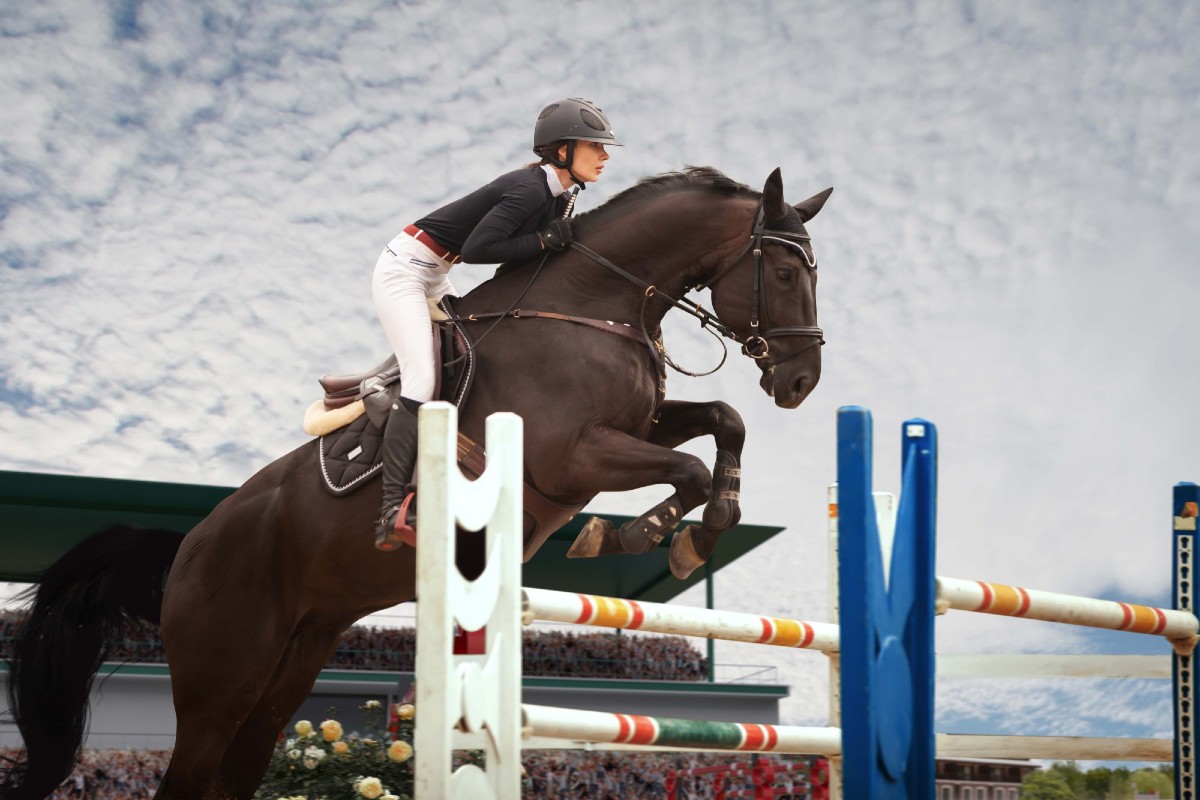Why This Year’s Melbourne Cup Field is the Most Unpredictable in Decades
Jul 2025

What Makes This Melbourne Cup Field So Unpredictable?
The absence of a dominant favorite stems from several converging factors that have reshaped the competitive landscape. European raiders arrive with mixed recent form, while Australian-trained horses have produced surprising results throughout the spring carnival. The quality spread between runners 1-24 represents the smallest margins in recent memory, with betting markets reflecting this uncertainty through compressed odds across the entire field.
Weight-for-age performances throughout 2025 have shown remarkable parity among staying horses globally. Traditional Melbourne Cup lead-up races including the Caulfield Cup and Cox Plate failed to produce commanding winners, instead delivering close finishes that provided minimal form guidance. International ratings suggest at least twelve horses possess legitimate winning chances—a scenario unprecedented in modern Cup history.
How Have International Form Lines Complicated Predictions?
European form has become increasingly difficult to assess due to changing racing conditions and training methods across major jurisdictions. Northern Hemisphere three-year-olds entering with limited staying experience present particular puzzles, while established European stayers show inconsistent patterns when transitioning to Australian conditions.
French-trained runners typically excel in Melbourne Cup conditions, yet this year’s contingent arrives with question marks over recent performances. German and British representatives have produced mixed results in lead-up races, creating uncertainty about their true capabilities over the Flemington two-mile journey. Irish horses, traditionally strong Cup performers, show varied form lines that offer limited predictive value.
The timing of European campaigns has also shifted, with many trainers adopting different preparation strategies. Traditional indicators such as Arc de Triomphe form and Yorkshire Cup results provide less reliable guidance than in previous years. Racing analysts acknowledge that conventional European form study methods are proving less effective for this year’s Melbourne Cup assessment.
Why Are Local Horses Defying Traditional Patterns?
Australian-trained Melbourne Cup contenders have produced unexpected results throughout their spring preparations, disrupting established form cycles. Horses that typically peak in specific races have shown irregular performance patterns, while others have emerged from unexpected campaigns to claim major staying prizes.
The traditional Melbourne Cup pathway through races like the Herbert Power Stakes and Moonee Valley Gold Cup has yielded surprise winners rather than predictable form lines. Several locally-trained horses have improved dramatically beyond historical precedent, while others have failed to reproduce previous year’s performances despite similar preparations.
Melbourne’s unique track characteristics continue to favor certain running styles, yet the 2025 spring carnival has seen diverse tactical approaches succeed. Front-runners, midfield stalkers, and backmarkers have all claimed major staying races, suggesting that barrier draw and race positioning may prove more crucial than usual in determining the Cup outcome.
What Role Does Handicapping Play in This Year’s Uncertainty?
The handicapper’s weight allocation has created numerous scenarios where horses carrying different burdens present equally compelling cases. Top-weight assignments reflect quality assessments that many racing experts dispute, while horses receiving significant weight relief have shown form improvements that complicate traditional analysis.
Minimum weight allocations have allowed several international horses to compete on terms that may not reflect their true ability levels. The weight range from top to bottom weight shows minimal variation compared to historical Melbourne Cup handicaps, essentially creating a weight-for-age scenario across much of the field.
Age profiles within the field contribute additional complexity, with horses ranging from three-year-olds to mature stayers all receiving realistic weight allocations. Historical data suggests older horses perform better in Melbourne Cup conditions, yet this year’s younger contingent has demonstrated staying abilities that challenge conventional wisdom.
How Should Punters Approach This Unpredictable Field?
Smart wagering strategies must acknowledge the unprecedented uncertainty surrounding this year’s Melbourne Cup race. Traditional form analysis methods require supplementation with alternative assessment criteria including trainer patterns, jockey booking significance, and barrier draw advantages.
Each-way betting presents enhanced value given the compressed odds and legitimate chances held by numerous runners. Exacta and trifecta combinations should focus on horses with complementary running styles rather than pure form rankings. Barrier draw analysis becomes crucial when form differences are minimal across the field.
Professional punters recommend smaller stake sizes across multiple selections rather than traditional win-only approaches. The unpredictable nature of this field suggests that conventional favorite-backing strategies may prove less effective than broad-coverage betting methods.
What Transportation Options Enhance Your Melbourne Cup Experience?
Premium transportation elevates your Melbourne Cup experience beyond the uncertainty of public transport and parking limitations. Sky Chauffeur provides luxury vehicle services that ensure punctual arrival and stress-free departure from Flemington Racecourse, allowing you to focus entirely on enjoying Australia’s most prestigious racing event.
Professional chauffeur services eliminate concerns about designated driving, parking availability, and post-race traffic delays. Luxury vehicles equipped with climate control and premium amenities provide comfortable travel conditions ideal for group celebrations or corporate entertainment. Door-to-door service ensures seamless coordination with dining reservations and accommodation arrangements.
Melbourne Cup day represents a significant social occasion where presentation and timing matter considerably. Premium transportation services understand the importance of punctuality and professional appearance, delivering experiences that complement the prestige of Australia’s most celebrated horse racing event.
Why Does This Unpredictability Matter for Racing’s Future?
The competitive balance demonstrated in this year’s Melbourne Cup field reflects broader changes occurring within international horse racing. Improved training methods, enhanced breeding programs, and evolving racing strategies have narrowed performance gaps between elite staying horses globally.
This unpredictability may represent the new normal for premier staying races worldwide. Traditional form analysis methods developed for previous eras may require fundamental revision to remain relevant for modern racing assessment. The Melbourne Cup’s evolution toward greater competitiveness aligns with trends observed in other major international races.
The entertainment value of unpredictable fields significantly exceeds that of races with overwhelming favorites. This year’s Melbourne Cup promises genuine excitement for casual viewers and seasoned racing enthusiasts alike, potentially attracting broader audiences to horse racing participation.
The 2025 Melbourne Cup stands as testament to the sport’s evolving competitive landscape, where traditional certainties no longer apply and every runner enters with legitimate winning prospects.



